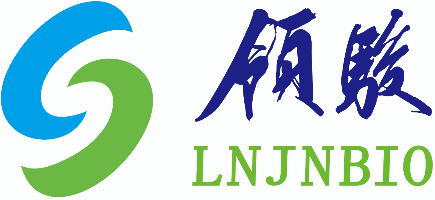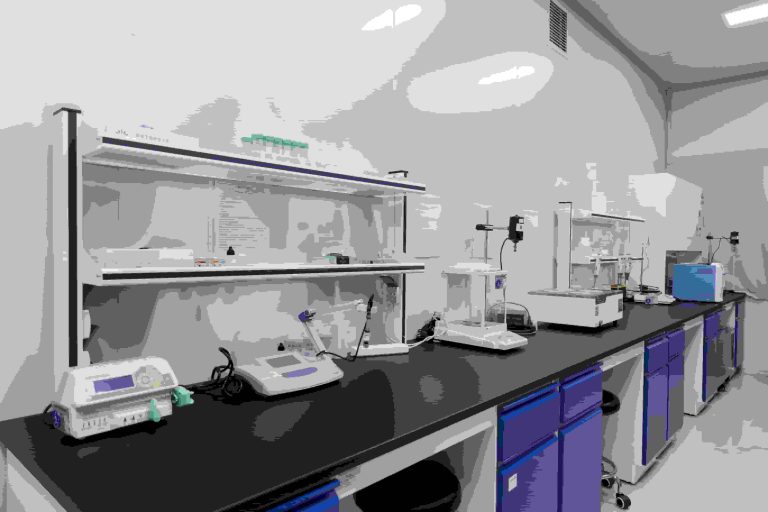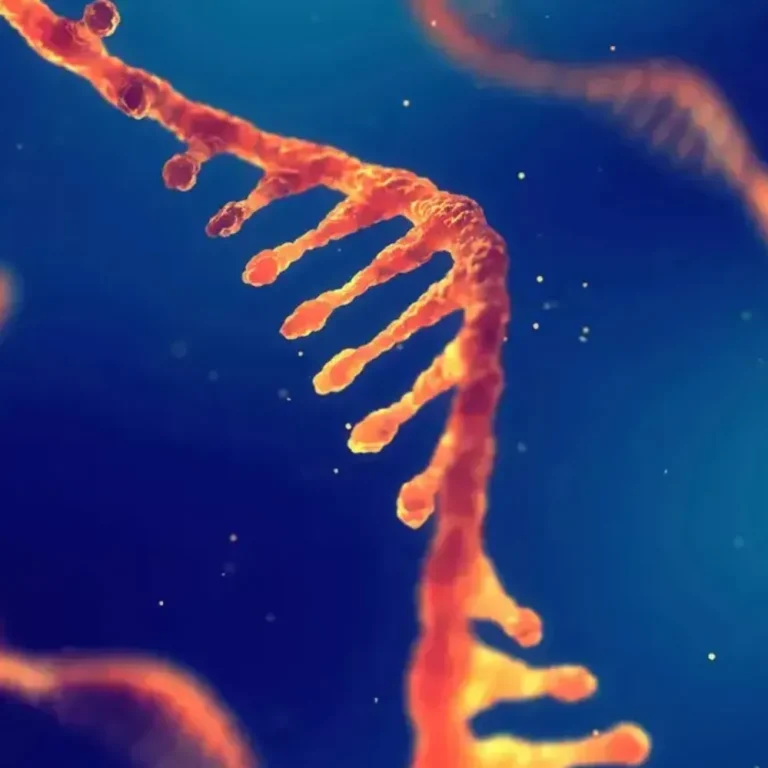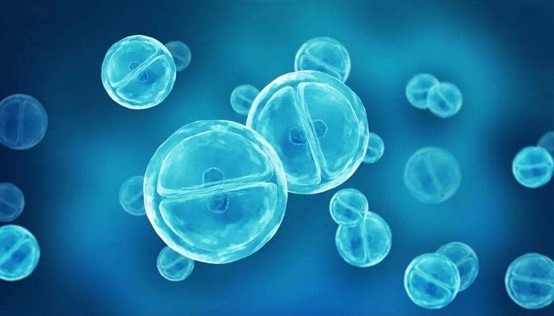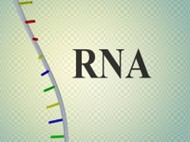Professional Manufacturer of Biomagnetic Beads
In scientific research or identification fields such as archaeology, forensic science, and paleontology, scientists often need to obtain genetic information about an organism from ancient bone or tooth samples. This information is important for studies such as species identification, identity, and environmental change. However, extracting DNA from bones is a complex and technically demanding technique due to the storage conditions of the samples. This article will detail the process of how to effectively extract DNA from bones.

I. Preparation
Selection of suitable samples: Ideal samples should be well-preserved bone parts that have not been seriously contaminated. For example, human remains found in archaeological sites or animal bones preserved in specific environments.
Cleaning and processing: Use sterile tools to remove surface soil and other contaminants to minimize the impact of external DNA on the results. Sometimes chemical methods (e.g., soaking in alcohol) are required for further cleaning.
2. Crushing and Demineralisation
Crushing of bones: To enhance the effect of the reagents, the bones are usually ground into fine particles. This step needs to be carried out under strict control to avoid the introduction of foreign DNA.
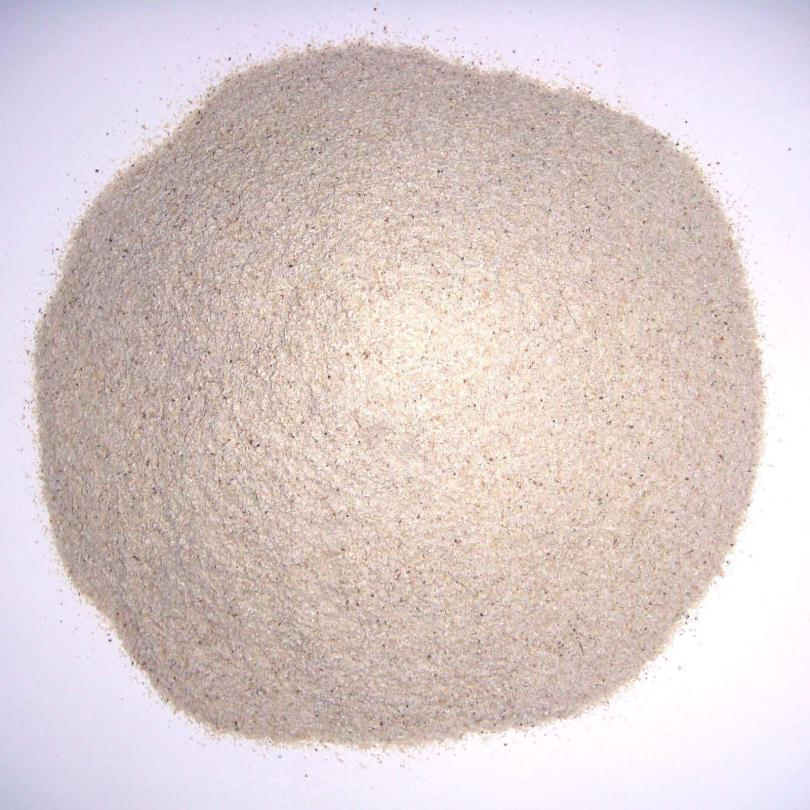
Demineralization: By adding a chelating agent solution such as EDTA (ethylenediaminetetraacetic acid), the calcium salt content of the bone can be effectively dissolved away, thus releasing the encapsulated cells. This process may take hours or even days.
3. DNA Extraction
Cell lysis: Proteinase K and lysing solution are added to the demineralized bone meal to promote cell rupture through heating, allowing the release of internal DNA. Subsequently, a centrifuge was used to separate the supernatant, i.e. the liquid containing the target DNA.
Purification step: DNA purification is performed using the magnetic bead method of nucleic acid extraction, silica gel columns, or other commercially available kits. These methods remove impurities such as proteins and polysaccharides while concentrating and retaining pure DNA fragments.
4. Quality testing and analysis
Concentration measurement: Measure the total amount of DNA extracted and its purity using a UV spectrophotometer, fluorescence quantitative PCR, etc.
Integrity assessment: check whether the DNA chain is complete through gel electrophoresis, or directly carry out sequencing to initially judge its suitability.
5. Precautions over the extraction process
Degradation problem: With the prolongation of sample preservation time, DNA is prone to breakage, hydrolysis, and other phenomena, resulting in increased difficulty in extraction. Therefore, special attention should be paid to rapid extraction and reduction of loss when dealing with age-old samples.
Contamination control: Aseptic operation norms must be strictly observed during the whole process to prevent the mixing of modern human-derived DNA, which will affect the authenticity of the final results.
The extraction of high-quality DNA from bones not only relies on the support of advanced science and technology but also tests the professional knowledge and meticulous operation skills of researchers. As research in this field continues to develop, we hope to unravel more of the mysteries of life in the future.
Supplier
Shanghai Lingjun Biotechnology Co., Ltd. was established in 2016 which is a professional manufacturer of biomagnetic materials and nucleic acid extraction reagents.
We have rich experience in nucleic acid extraction and purification, protein purification, cell separation, chemiluminescence and other technical fields.
Our products are widely used in many fields, such as medical testing, genetic testing, university research, genetic breeding, and so on. We not only provide products but also can undertake OEM, ODM, and other needs.If you have a related need, please feel free to contact us at sales01@lingjunbio.com.
- The future of magnetic bead raw materials in the current trade barrier war between China and the United States
- 2025 IVD raw material market research report
- How long can whole blood samples be frozen?
- New era of biotechnology: AI and policy drive, innovative drug research and development to welcome the golden age
- Market research report of chemiluminescent magnetic beads(2025)
